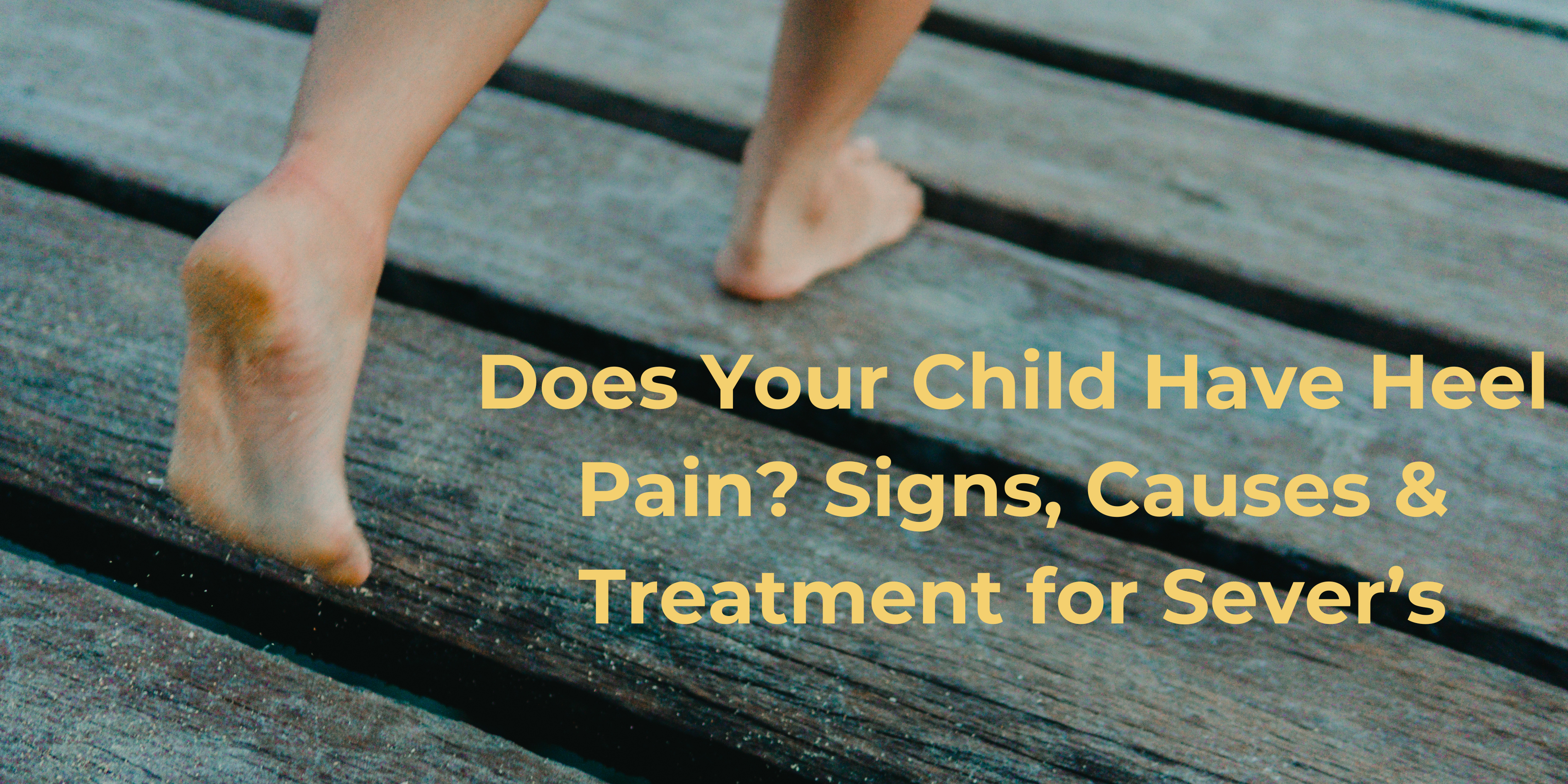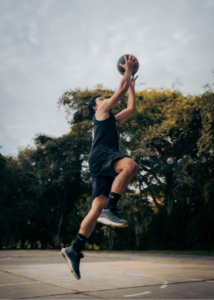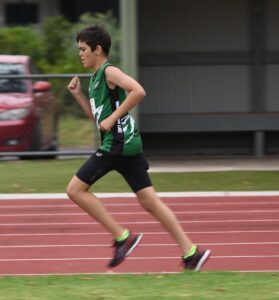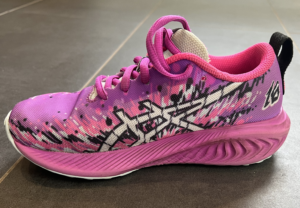Sever’s Treatment for Children

Welcome to our blog, dedicated to educating parents about Sever's, a common foot condition that affects many children, it's signs, causes and treatment options.
A lot of children as they grow complain of aches and pains and as parents, we quite often put it down to “growing” pains.
That isn’t always the case! As podiatrists, we often see children who come in complaining of pain in their heel, more so when running, jumping and after they have been active with sport. This pain could be Sever’s.
As parents, it's essential to be aware of the health and well-being of our little ones. In this blog, we will shed light on Sever's, its causes, symptoms, and treatment options. By understanding this condition, you can take proactive steps to ensure your child's comfort and seek appropriate care if needed.
So let's dive in!
What is Sever's?
Sever's, also known as calcaneal apophysitis, is a common condition that affects the growth plate in the heel bone (calcaneus) of children. Contrary to its name, it is not a disease but rather an overuse injury.

- It typically occurs in active children and adolescents (Girls aged 7-12 and boys aged 8-14).
- Children involved in sports or activities that put repetitive stress on the heel are more likely to present with this condition.
- Boys tend to have this condition more often that girls.
- Most of the time, it usually affects only one foot but there are times where it affects both.
What are the causes of Sever's
The main cause of Sever’s is when a child is growing rapidly. The calf muscle and Achilles tendon, which inserts into the heel bone, are slower to grow than bone. This then causes tightness within the calf muscle which then causes the Achilles tendon to pull on the growth plate (apophysis of the calcaneum) of the heel bone. This causes localised inflammation of the growth plate along with swelling.
Some sporting activities which involve running, jumping or sudden changes in direction can exacerbate the condition.
Contributing factors such as weight (overweight/obese), inadequate footwear with minimal cushioning, can also be contributing factors to children developing Sever’s.
What are the common symptoms of Sever's
Typical symptoms of Sever’s include:
- Pain in the heel, children will point to the back or bottom of the heel.
- Pain which worsens during activity or after (this can be when the most pain is reported by your child), especially running and jumping.
- Limping, difficulty in walking or walking on tiptoes.
- Sometimes, swelling can be seen in the heel


Things You can do to help your child
If you suspect your child is suffering from Sever’s, you can try the following:
- Rest – Minimise activities that cause pain i.e. running and jumping
- Ice therapy – applying an ice pack to the heel for 10-15 minutes can help reduce any localised inflammation and alleviate pain.
- Massage – Gently massage the calf muscle, can help alleviate tightness and reduce stress on the heel.

- Supportive footwear – Ensure you child is wearing shoes that fit properly, has good support and cushioning.
- Exercise program – Specific exercises given by your Podiatrist or allied health practitioner, can help improve their symptoms and the tightness in the calf muscle.
- Orthotics – in some cases, you may be recommended that an orthotic is needed to support the foot and heel to improve symptoms and allow your child to return to sporting activities.
What if there is no improvement in my child's pain
As parents, we want the best for our children’s health and well-being. By familiarising yourself with Sever’s, you can recognise the symptoms early and take proactive steps to help your child manage their pain. Remember, seeking professional guidance from a podiatrist is vital for accurate diagnosis and treatment.
If you are not sure what to do or your child’s pain is not improving, don’t hesitate to schedule an appointment if you have concerns about your child’s foot health. Together, we can ensure your child enjoys an active and pain-free lifestyle.
At Sports & Injury Management, I work with children who are struggling with persistent, stubborn, niggling injuries, and work together on a specific treatment plan to help fix this pain. This allows those children to become stronger, return to exercising, training, participating in sports and live pain free.
Call now or book online (click here) to see your Diamond Creek Podiatrist and start your child’s journey to getting back to doing what they love sooner rather than later.
With over 15 years working as a Podiatrist, I have successfully treated lots of patients with this and similar conditions. Come and join our community of active happy people.
SIM – Getting stronger, staying active
